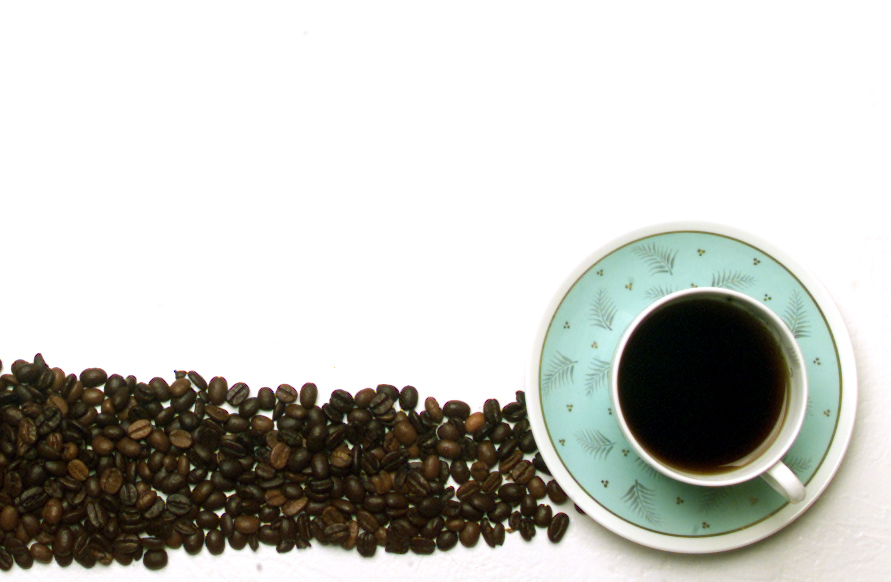A generation ago, most Americans recognized two kinds of coffee: regular and decaf. Now we’re concerned about every last detail — from the beans’ country of origin and whether they are organic, have been shade-grown and traded fairly to the degree of roasting and how much pressure was applied during brewing. Yet for all of this connoisseurism, how much do we understand about the science of coffee?Get ready to know your joe.
“Coffee’s main attributes are bitterness, acidity and body, also known as mouth-feel,” according to Ronald Pegg, a food science professor at the University of Georgia who teaches an introductory course on coffee. “The key is to get these three attributes in balance.”
As coffee makes its way from tree to mug, producers must keep this balance in mind. It’s not an easy task, because coffee contains more than 1,000 chemical compounds, according to research by Thomas Hofmann of the Technical University of Munich and Oliver Frank of the University of Muenster.
Consider the first element, the bean. There are 70 species of coffee, but two dominate the market: coffea arabica, the more common variety native to Ethiopia, and coffea canephora, also known as coffea robusta, a more disease-resistant plant. Arabica is almost universally acknowledged as the superior variety, although blends often contain robusta because it’s cheaper and adds a strong bitterness that some coffee drinkers enjoy in small doses.
There are several chemical differences between the two varieties. Arabica has 60 percent more fat than robusta — and taste-testers typically favor coffee made from beans with more fat. Fat also helps during the production process because it creates a more even roast. Arabica beans also have a higher concentration of sugar.
To understand why a sugary bean makes a better brew, we have to consider roasting.
Freshly picked coffee beans have virtually no flavor. Roasting is what makes coffee palatable. The roasting process triggers a long list of chemical reactions. One is caramelization, the breaking-down of sugar, which contributes to coffee’s brown color. Roasting also creates compounds that contribute to coffee’s unique flavor and aroma, including diacetyl, which adds a butterscotch flavor, and furans, which contribute a nutlike taste.
Roasting also generates what are known as Maillard reactions. Named after the French chemist Louis Camille Maillard, these complex reactions occur when heat is applied to amino acids in the presence of sugars. Like caramelization, they are responsible for browning and for the production of hundreds of chemicals that, in combination, give unique flavors to cooked meats, baked breads, dark beers, toast and coffee. Since arabica beans have about twice as much sugar as the robusta variety, the roasting process generates a fuller and more complex variety of Maillard reactions in them than it does in robusta, making for a more interesting taste in the coffee.
Roasting is a touchy business, though. High heat can also overproduce bitter compounds and ruin the drink. For many years, food scientists believed that caffeine was the main source of bitterness in coffee. While it’s true that pure caffeine has a bitter flavor, it’s present in such low proportions in an average cup of coffee that it contributes only a small amount of flavor.
In fact, coffee bitterness is attributable to a family of chemicals known as chlorogenic acids, which are also present in tea, peaches and prunes.
Chlorogenic acids aren’t bitter themselves, but, when roasted, they transform into two related chemicals — lactones and phenylindanes. Lactones give a pleasant, soft bitterness. Phenylindanes are more powerful and harsh, and are present in higher concentration in dark roasts.
Getting the roast right is still more art than science. Expert coffee roasters must constantly pull sample beans out from the heat to check the color and aroma. These markers are actually proxies for the concentration of lactones and phenylindanes. Food scientists are working on ways to make the process more scientific. One day, perhaps, instead of asking your barista for medium roast or dark roast, you’ll ask for a precise balance of lactones and phenylindanes. (And you thought coffee orders couldn’t get any more complicated.)
Just as there is science to bean selection and roasting, there’s also a little bit of science in brewing and drinking coffee.
Method matters
How much of the coffee ends up in the cup depends on the brewing method chosen. Percolators and drip machines are extremely inefficient at transferring chemicals from bean to beverage. The final result is only about 1.3 percent coffee; the rest is water. That’s OK if you like a coffee with mild flavor and body, but many find that extraction rate rather weak. French-press (or plunger pot) coffee is similarly mild, but it is high in oil content, providing a body that some drinkers prefer. (French-press enthusiasts should be advised that those oils may elevate cholesterol levels.) On the other end of the spectrum are espresso machines, which force the coffee compounds into the water. Espresso is more than 5 percent coffee bean. These differences affect not only flavor but also the perception of body and mouth-feel.
No matter which brewing method you select, drink your joe immediately. As hot coffee sits, those lactones break down into acids. The pH of brewed coffee can drop 15 percent in an hour or so, throwing off the acidity-bitterness-body balance so crucial to a good cup of coffee.



